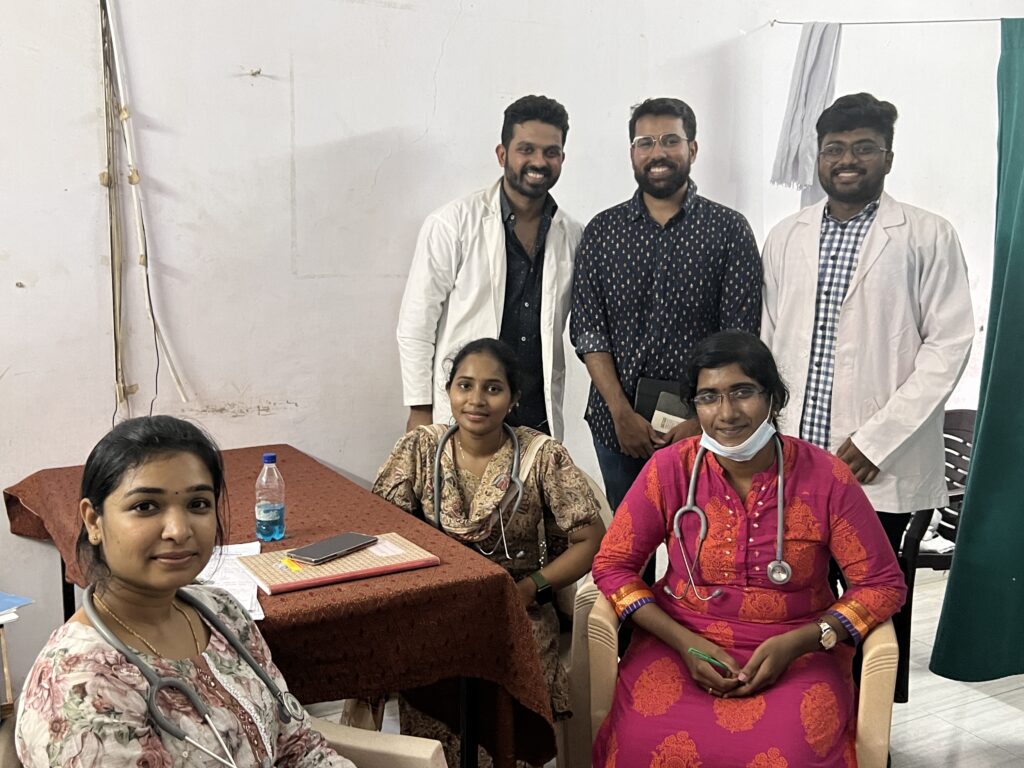World Population Day, observed on July 11th each year, aims to raise awareness about global population challenges and encourage discussions on vital issues related to population growth. As the world population continues to rise, it is crucial to address concerns surrounding birth control, early marriage, gender equality, counseling, and the well-being of women after conceiving. On this World Population Day, let us delve into these key areas, highlighting the significance of empowering choices for a sustainable future.
Birth Control: Ensuring Reproductive Freedom Access to affordable and reliable birth control methods is paramount in empowering individuals to make informed decisions about family planning. On World Population Day, it is vital to promote awareness about the various contraception options available, including contraceptives, implants, intrauterine devices (IUDs), and sterilization. Educating communities, especially women and young girls, about the importance of birth control empowers them to take charge of their reproductive health and pursue their goals and aspirations.
Young Marriage: Breaking the Cycle of Early Parenthood Early and forced marriages, particularly affecting young girls, remain significant challenges worldwide. Early marriage often leads to early pregnancies, placing young girls at risk of complications during childbirth and limiting their opportunities for education and personal growth. On this World Population Day, it is essential to advocate for policies and initiatives that combat child marriage, promote age-appropriate education, and provide support systems to empower young girls to delay motherhood and build a better future for themselves.
Male and Female Child Dispute: Promoting Gender Equality Gender discrimination persists in many societies, resulting in a preference for male children over females. This preference can lead to harmful practices such as female infanticide, sex-selective abortions, and neglect of female children. World Population Day serves as an opportunity to raise awareness about the value of gender equality and the importance of celebrating both male and female children. Governments, communities, and individuals must work together to challenge harmful beliefs and practices, promoting gender equity and ensuring equal opportunities for all children.
Counseling: Providing Comprehensive Reproductive Health Support Access to counseling and support services is crucial in addressing the physical, emotional, and psychological needs of individuals and couples during their reproductive journey. On World Population Day, we emphasize the importance of counseling programs that offer accurate and unbiased information about reproductive health, contraception, family planning, and responsible parenting. These programs should be easily accessible and tailored to diverse cultural contexts, enabling individuals to make informed decisions about their reproductive choices.
Women’s Well-being After Conceiving: Ensuring Maternal Health and Empowerment The well-being of women during and after pregnancy is fundamental in population management. Adequate healthcare, nutrition, and support services are essential to ensure safe pregnancies and childbirth. Additionally, providing postnatal care, promoting breastfeeding, and enabling women to balance their reproductive roles with personal and professional aspirations contribute to their overall well-being and empowerment. World Population Day provides an opportunity to advocate for policies and initiatives that prioritize women’s health and rights, allowing them to thrive while contributing to sustainable population growth.
Conclusion: World Population Day serves as a platform to shed light on critical issues related to population growth and advocate for empowering choices that lead to a sustainable future. By focusing on areas such as birth control, early marriage, gender equality, counseling, and the well-being of women after conceiving, we can work towards creating a world where individuals have the freedom to make informed decisions about their reproductive lives. Through education, awareness, and collaborative efforts, we can build a future where every person’s well-being is prioritized, ensuring a balanced and sustainable global population.
Analyzing Population Awareness: Ahead of World Population Day, we examined the level of awareness regarding population and birth control in two distinct healthcare settings: urban and rural.
In the urban setting, we spoke with Dr. Ch. Madhuri, an ObGyn specialist from the Department of Health and Family Welfare at Andhra Medical College, Visakhapatnam.
In the rural setting, we interviewed Dr. Sravani, an ObGyn specialist working at MIMS Hospital in Nellimarla village.

Q: What noticeable trends did you observe in people’s awareness levels regarding population and birth control?
Dr. Madhuri (Urban): Over the past 10 years, I have noticed a positive change, particularly in recent years. People are becoming more aware of birth control and spacing. Counseling has become more effective, with the majority of individuals complying with the advice given.
Dr. Sravani (Rural): In the last three years, there has been an improvement in awareness, but resistance to contraception remains prevalent. Many households still prioritize early childbirth, hoping for a male child. Early marriage and multiple pregnancies without spacing take a toll on maternal health. Despite counseling efforts, compliance remains a challenge.
Q: What population control methods are offered in your setting?
Dr. Madhuri (Urban): We provide counseling and present individuals with a range of options through a cafeteria approach. Both male and female contraceptive methods, temporary and permanent, are available. Temporary options include barrier methods, IUDs, and injectables like DMPA, while permanent options include vasectomy and tubectomy.
Dr. Sravani (Rural): Similar services are offered, encompassing both temporary and permanent methods of contraception.
Q: Are these methods acceptable and affordable for people?
Dr. Madhuri (Urban): Most of these services are available free of cost through government population control policies. Acceptance of both temporary and permanent contraception methods has been increasing. Awareness of maternal health and the importance of spacing has also improved.
Dr. Sravani (Rural): Services are free for individuals holding government-issued health cards. Most people tend to choose permanent methods of contraception. However, counseling for vasectomy has been challenging due to concerns regarding the potential loss of libido.
Q: What social stigmas exist regarding birth control?
Dr. Madhuri (Urban): Many couples have initial doubts and concerns about contraceptive methods and spacing. However, with time, counseling and education have made it easier to convince them of the importance of birth control. People have become more aware of health considerations and the economic burden of raising a large family.
Dr. Sravani (Rural): In my setting, resistance to contraception remains prevalent. Many households prioritize childbirth in the hope of having a male child. Early marriage and multiple pregnancies without spacing negatively impact maternal health. Despite counseling efforts, compliance has been difficult.
Q: What would you suggest to reduce these challenges?
Dr. Madhuri (Urban): I have observed that attitudes have changed with increasing education levels. It has been easier to counsel and reason with literate individuals and families with at least one educated member. Education plays a significant role.
Dr. Sravani (Rural): Basic education would help reduce social stigma. Small group teachings targeting men and women of reproductive age, focusing on the importance of birth control, could also make a positive impact.
Disparity: Taking into account the perspectives of both doctors in their respective healthcare settings, we can conclude that challenges in population control persist in both urban and rural backgrounds, with greater hurdles in rural areas. Factors such as early marriage, illiteracy, gender inequality, and social taboos contribute to these challenges. Higher literacy rates, delayed age of marriage, and better awareness give the urban population an advantage in dealing with population control compared to their rural counterparts.
By addressing these disparities and implementing comprehensive strategies that prioritize education, awareness, and access to birth control, we can work towards a more equitable and sustainable approach to population management.



